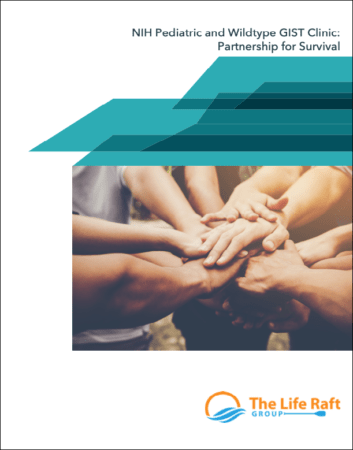Rare Disease Day Offering from The LRG
Rare disease patients face major disadvantages. There is less funding for research and drug development. There are fewer physicians and centers of excellence available to provide quality treatment and those physicians are often not aware of the latest updates in treatment and have seen few patients with a rare disease.
Gastrointestinal stromal tumor (GIST) patients have a rare form of sarcoma that primarily manifests in or near the gastrointestinal tract and is very rare, with only 6.6 to 14.7 cases per million diagnosed globally to date. Fortunately, there are standard treatments available for most of these GIST patients, including surgery and several targeted treatments.
Within the landscape of GIST however, there is an even rarer subset termed pediatric, SDH-deficient, or wildtype GIST. These patients comprise 5-10% of all GIST diagnoses. For these patients, there are few effective treatments. This population has a lack of resources available to them, with a smaller pool of physicians and medical institutions that specialize in their treatment, and there is less research focused on these subtypes.
In order to serve this rare population, the Life Raft Group, a GIST patient advocacy group, worked with the National Institutes of Health (NIH) to create a collaborative model to serve the needs of these patients. Collaborative models are vital for rare disease advocacy organizations to be able to sustain services for their population.
This white paper illustrates the creation, the history, and the value of this type of collaboration – a true partnership for survival.




